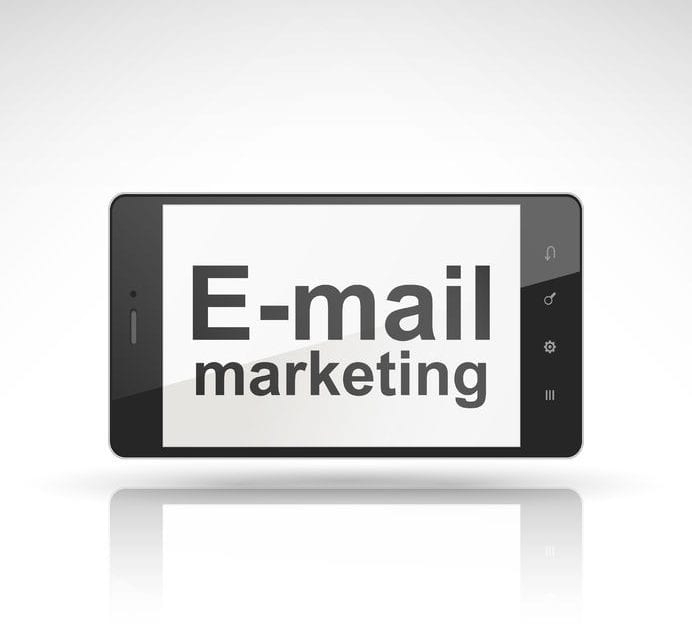It’s well documented that more and more consumers are using the Internet as a primary research vehicle for senior housing and home services. It’s also true that more and more of these shoppers prefer to communicate via email and at times are specifically avoiding telephone interaction.
It’s well documented that more and more consumers are using the Internet as a primary research vehicle for senior housing and home services. It’s also true that more and more of these shoppers prefer to communicate via email and, at times, are specifically avoiding telephone interaction.
Frustration
This trend can and does frustrate some providers who have put in rules that refuse to define a lead as “viable” if there is no phone number. To paraphrase: “We don’t count those leads because they just ruin our closing ratio statistics;” or “We don’t want to pay for these leads because we can’t have a phone conversation.”
While I applaud the desire to get on the phone and speak with people, the reality is that if you put in such conditions you will cut out a growing pool of prospects who, for whatever reason, are doing a lot of qualifying and information gathering via electronic methods, of which email is one and the telephone is NOT.
We need to start thinking of email as a tool that should be used when necessary and appropriate to start interacting with potential residents and clients. And, when it is the tool of choice of the shopper for our services, it seems we should honor that and go where the prospect is IF we want to make them a client.
How do you construct such an email?
Best Practices
- They have to open the email first, so make the subject heading a direct response to their request for information. If you are using a referral agency you can state the name of your family advisor in the subject heading as well.
- Assume the viewing pane will be visible before they open the email. Avoid a promotional message and use the first few lines to answer their inquiry.
- Then, tell them how you work with clients and what you can do to help them make a good decision. (DON’T TRY TO SELL YOURSELF IN THE EMAIL.) Do send along information for their review like an electronic brochure and a price list (preferably as an attachment).
- Put in a call to action. “At some point it will make sense that we talk and eventually you’ll want to come in and take a look around . . . when you are ready.”
- Offer to continue to communicate via email: “In the meantime, if you have any other questions you can email or call me anytime.”
- Create a personal signature block; include your cell phone as well as office phone and a picture of yourself.
The objective of such communication is to start a two-way communication process in which they simply respond to you.
Your next goals in order will be to get an agreement to speak via phone and then schedule a tour. (And if you can get right to the tour, all the better!) Because it is still true that the first provider to get a face-to-face meeting with the prospect has a 5 times greater chance of getting them to move in.
Jeanine








